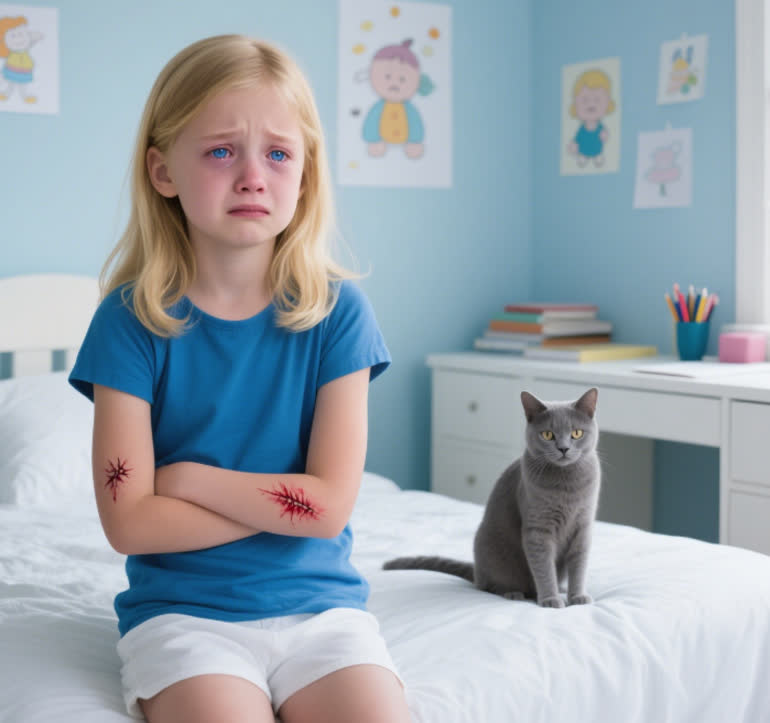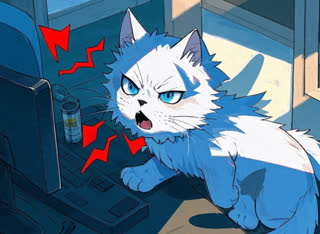Every year, approximately 400,000 Americans receive medical attention for cat scratches (CDC, 2024). While most scratches are harmless, understanding when a rabies vaccine becomes necessary could be lifesaving. This comprehensive guide examines:
Rabies transmission risks from domestic vs. stray cats
CDC vaccination protocols for cat scratches
First-aid steps within the critical first 10 minutes
Cost analysis of preventive treatment ($3,000-$7,000 vs. potential fatality)
Medical Authority Perspectives
1. When Vaccination is Recommended
The CDC advises post-exposure prophylaxis (PEP) when:
✔ The cat cannot be observed for 10 days (stray/feral cases)
✔ The cat shows neurological symptoms (drooling, aggression)
✔ The scratch occurred in high-risk rabies areas (rural regions with wildlife contact)
2. Low-Risk Scenarios
Veterinarian Dr. Sarah Mitchell notes:
"Indoor cats with current vaccinations pose negligible rabies risk. Wash the wound with soap for 5 minutes and monitor for infection signs instead of rushing to ER."
Step-by-Step Response Protocol
Immediate Care
Flush wound with running water
Apply pressure to stop bleeding
Avoid home remedies like hydrogen peroxide
Risk Assessment Checklist
[ ] Cat's vaccination status
[ ] Geographic rabies prevalence
[ ] Scratch depth (broken skin = higher concern)When to Seek ER Care
Red streaks radiating from wound
Fever above 100.4°F
Swollen lymph nodes
Prevention Strategies
Trim cat nails every 2-3 weeks
Use silicone claw caps ($15/month)
Train cats with scratching posts (Jackson Galaxy's positive reinforcement techniques)










